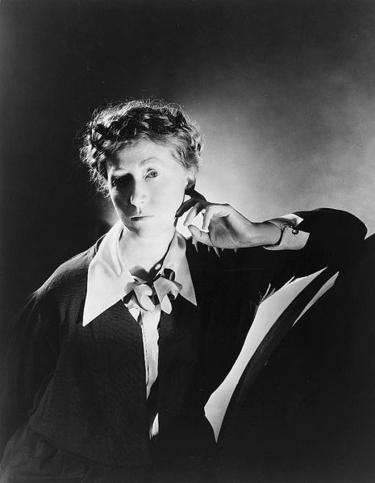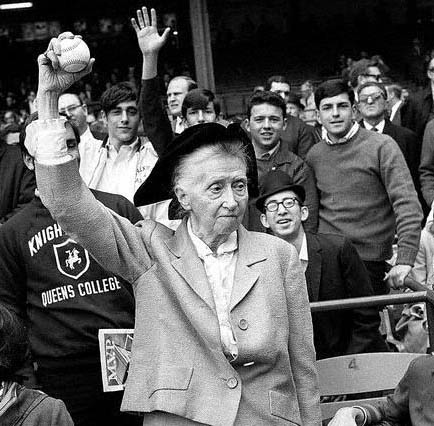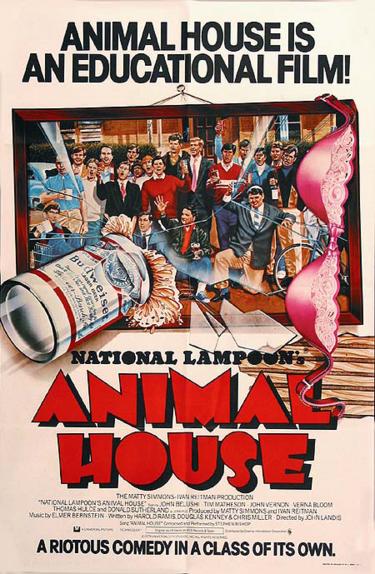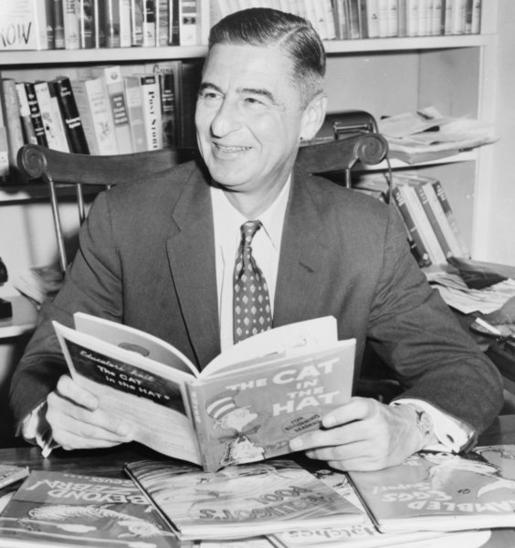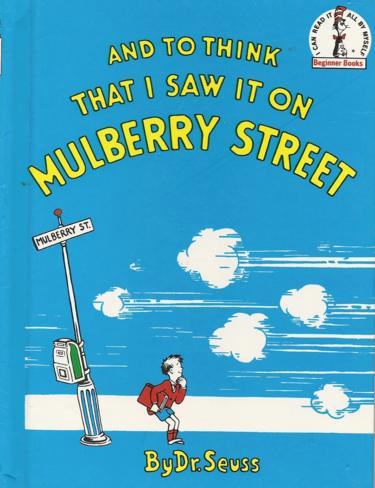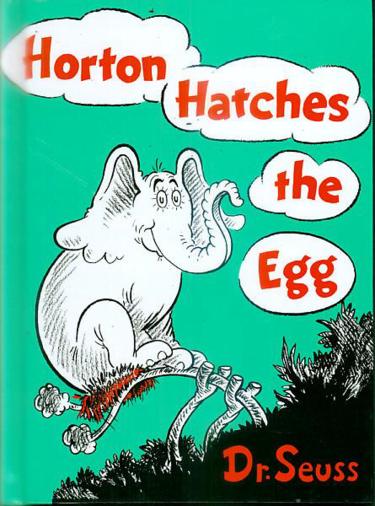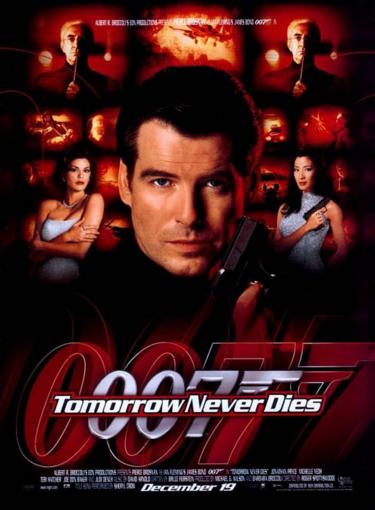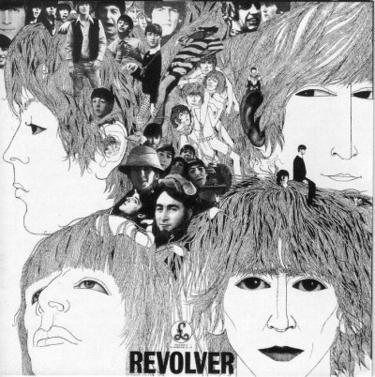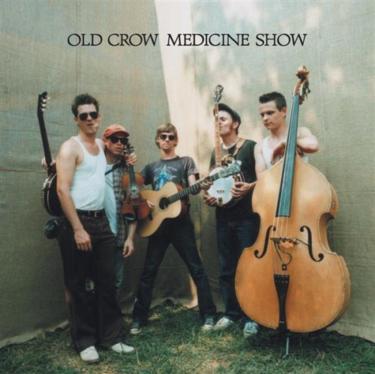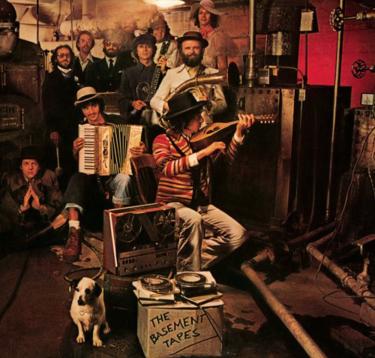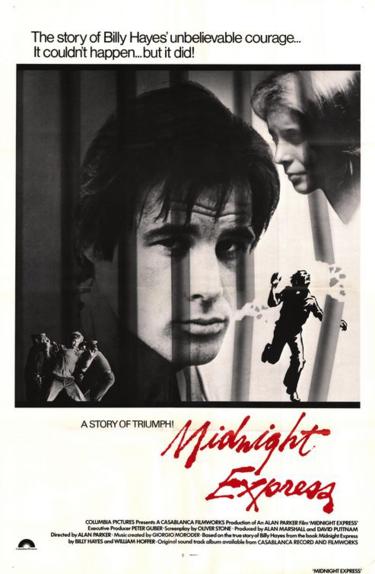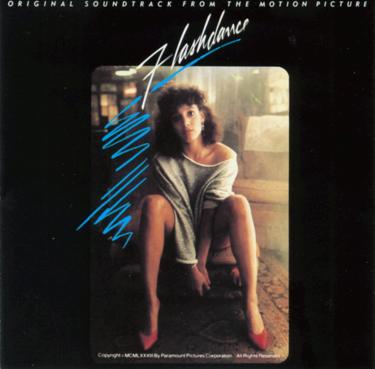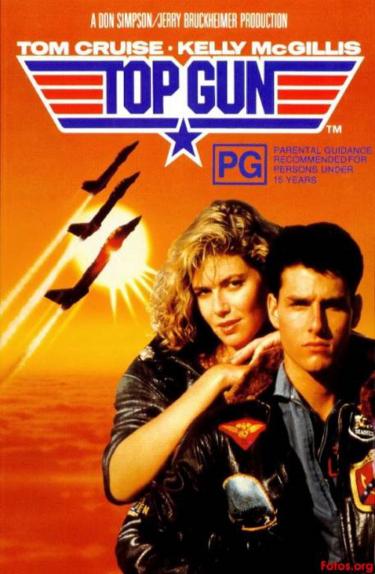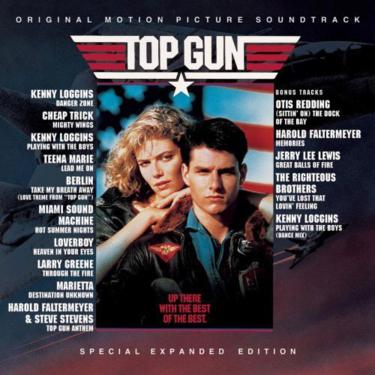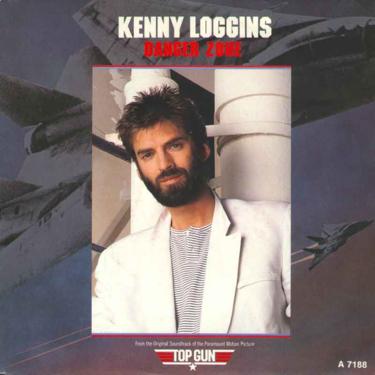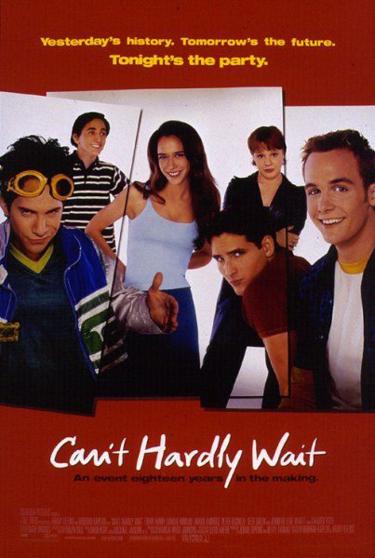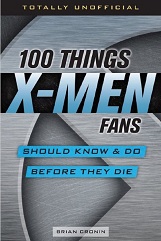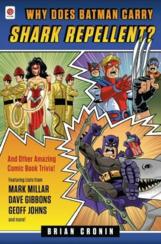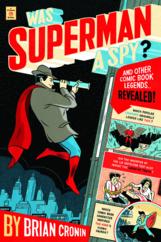Were Some of Shel Silverstein’s Poems for Children Originally Published in Playboy?
Here is the latest in a series of examinations into urban legends related to poetry and poets and whether they are true or false. Click here for an archive of all poetry legends featured so far.
POETRY URBAN LEGEND: Some of Shel Silverstein’s poems for Where the Sidewalk Ends and A Light in the Attic originally appeared in the pages of Playboy.
Reader Jeff asked:
I know that Shel Silverstein, now most famous for his illustrated books of poems for kids, was a songwriter and contributor for Playboy as well. I think I heard a rumor that some of the poems from Where the Sidewalk Ends or A Light in the Attic started out in Playboy, as odd place for a children’s classic to sprout from. Any truth to that?
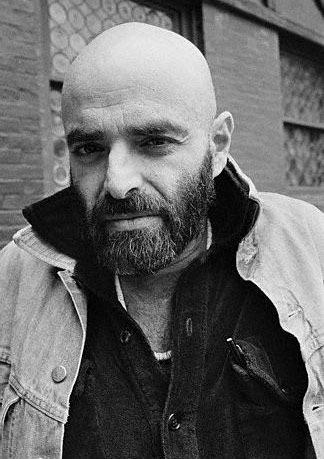
As Jeff notes, Silverstein did, indeed, get his start in the entertainment industry working for Playboy.
While he did not start with the company, he got involved very early on, in 1956, to be precise, when the magazine was not even two years old.
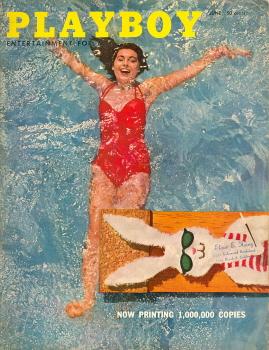
A cartoonist, Silverstein first contributed cartoons to the magazine before gradually adding more material, including a popular travelogue series.
Soon, Silverstein was the second-most popular feature of the magazine – trailing only, well, you know, the naked ladies.
Eventually, he expanded his work into books.
His first Playboy-influenced work was 1961’s Uncle Shelby’s ABZ Book, an “adult primer.”

It was basically a satire of children’s book from an adult perspective.
Silverstein clearly was not thinking about children’s work at this point in time. Heck, later that year he released the more explicit A Playboy’s Teevee Jeebies oh la la.
However, his editor at Harper & Row, Ursula Nordstrom, felt that Silverstein’s sensibilities would work well with stories for children.
So she convinced Silverstein to try to do children’s books.
Read the rest of this entry »


